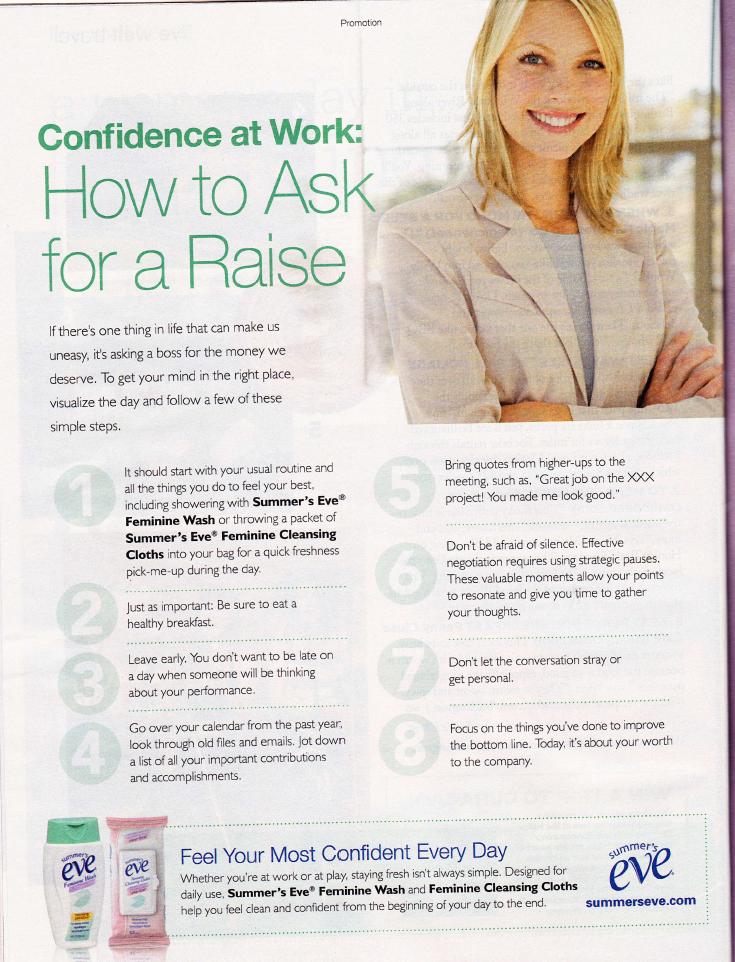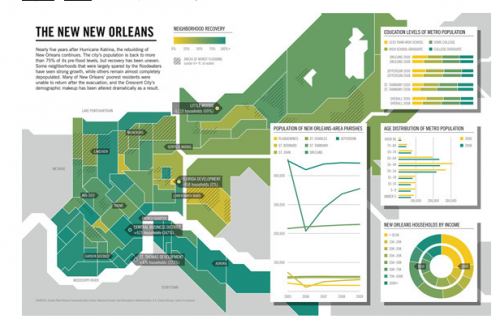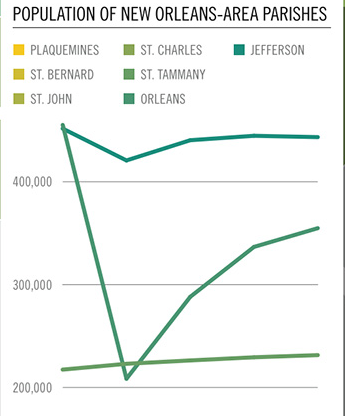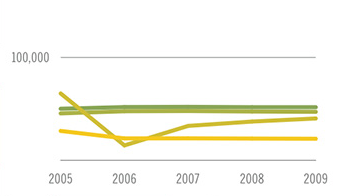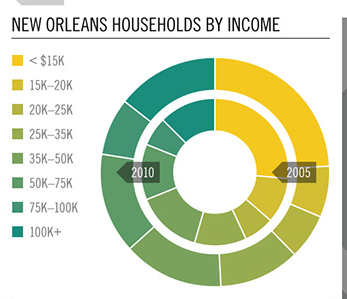
Rachel sent in a commercial for Dove chocolate that, as she says, sends “mixed messages…about unrealistic beauty standards for women.” Here’s the video:
Transcript:
We’re only human, but we try to be perfect.
We pretend that high heels are comfortable, and that waxing just takes getting used to.
We pretend we can manage anything that’s thrown at us, and sometimes we can.
And other times, we just have to cut ourselves some slack, and take a moment.
Because although we’re only human, that’s more than enough.
Your moment, your Dove.
The commercial seems to want to have it both ways. On the one hand, trappings of conventional femininity (heels, waxing, as well as being a superwoman who can handle “anything that’s thrown at us”) are accepted as “perfection,” elements of an ideal version of us we aspire to. On the other hand, it’s drawing on the idea that we should just accept ourselves — we’re “more than enough” — but in a way that implies that we have to do this not because there’s something wrong with an ideal of perfection that requires women to put ourselves through painful rituals, but just because sometimes we can’t manage to meet that ideal and have to give ourselves a break and eat some chocolate (of course!) to console ourselves before we get up the energy to throw ourselves back into the search for perfection again. As we often see in advertising, it uses a women’s empowerment message (you’re great the way you are! You can do anything!) in a superficial way that simply suggests consumption as a solution rather than truly challenging the beauty ideals it appears to be critiquing.


